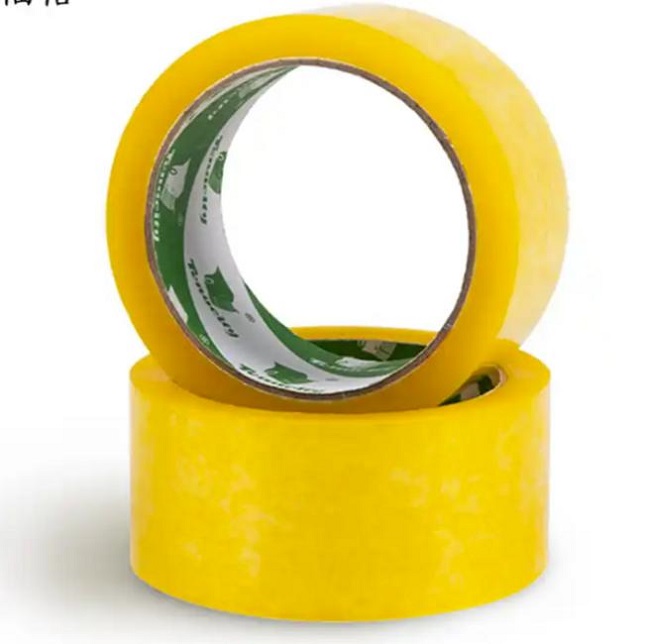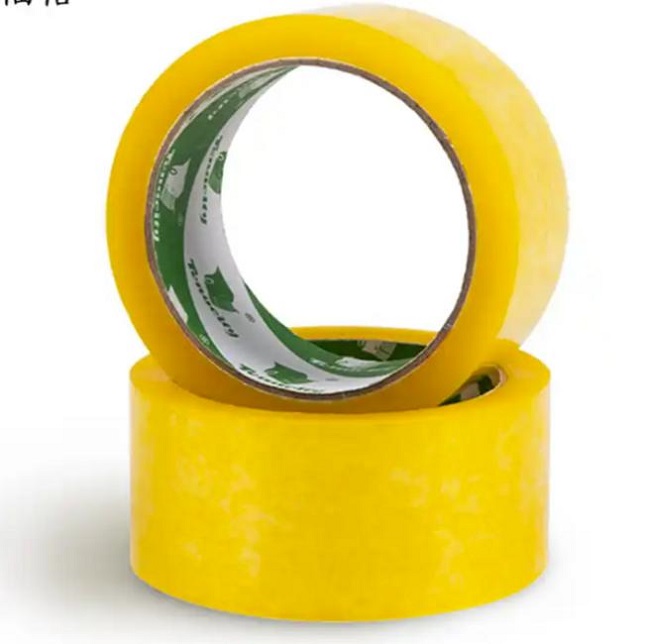

There are many types of tape. For example, there's a product called packing tape. Many people don't know how to choose the right one.
1. Consider the microporosity of the substrate. The effectiveness of tape depends on the moisture in the adhesive absorbing into the substrate and quickly drying, effectively becoming part of it. Therefore, the microporosity of the substrate is crucial for choosing the right tape. High microporosity means a faster bonding speed.
2. Pay attention to the adhesive on the tape surface; it shouldn't be too wet, otherwise it will be difficult to open during application, or even impossible to use at all.
Packing tape is currently the most widely used product. We've already covered this product extensively in previous articles. In today's article, we'll focus on its usage and features.
Depending on the bonding interface, it can be categorized as strong and fast bonding: BOPP/paper, polished/paper, PET/paper, paper/paper, ink/paper, and UV-coated/paper. This adhesive is available in both machine-bonded and hand-bonded versions, and can also be machine-bonded and printed, essentially meeting the adhesive material requirements of various packaging companies today.
Features:
1. Excellent brushability. When manually applying to thin products, water can be added to dilute the adhesive and ensure even mixing. The amount of water added depends on the adhesive type and the thickness of the material being bonded, and should be kept between 2% and 10%.
2. Fast initial tack, capable of high-speed bonding on automatic sealing machines, while manual bonding only requires half an hour of pressing.
3. The adhesive film is flexible, with excellent adhesion to laminated and varnished surfaces and high bond strength.
4. Excellent heat and cold resistance. Bonded products maintain essentially unchanged bond strength even after baking at 60°C for 72 hours or freezing at -10°C (in the freezer compartment of a refrigerator) for 72 hours. The product will not debond, and the film will not become brittle.
5. The adhesive film is flexible and pressure-sensitive over time, maintaining excellent bond strength.
Usage Instructions and Precautions:

① When using hand-applied adhesive, depending on the type of sealant, allow the adhesive to air dry for 2-6 minutes after application. Wait until the film becomes translucent before bonding to prevent any spillage.
② This adhesive is moisture-resistant, so if any adhesive is present, gently rub it with cotton wool dipped in gasoline or an ethyl ester solvent.
③ Due to its quick-drying properties, repeated application should be avoided to prevent it from affecting its brushability.
④ The amount of glue applied should be moderate. Apply by hand, typically around 100g/m³, or according to the specific product's bond strength requirements. The specific amount of glue applied can be determined by the paper's moisture absorption rate and the temperature. Apply less glue to paper that absorbs water slowly, and less in cold temperatures; more glue should be applied to paper that absorbs water slowly. After bonding, apply sufficient pressure, depending on the stiffness of the product being bonded, to ensure full contact between the two surfaces. The pressure should be maintained for at least 0.5 hours before proceeding to the next step.
⑤ When using machine glue, the amount of glue applied should be controlled so that the workpiece does not come off at the discharge port. If the amount of glue applied is too large, the glue will overflow, and if the amount of glue applied is too small, the bonding strength will be affected. For polished products whose substrate is too thin, the amount of glue applied can be appropriately reduced to avoid coming off at the discharge port.
